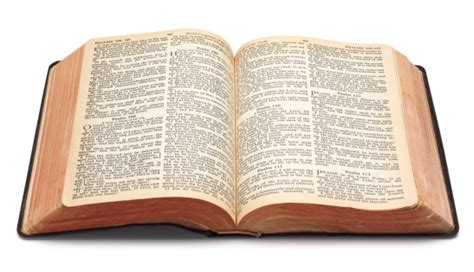To see how poorly constructed 'climate science' is, see my stream at X. @MarcusSanford20. Prob 1 of 10 are about climate fraud. Fraud is now the official modus operandi of Western society, because Blackrock's $Ts can 'create reality' as it suits.
I do not understand what you are trying to say. There is no link and or science from recognized scientific journals or universities that publish climate science research. Which articles from legitimate science journals and or universities are you suggesting are fraud and why?
I have been in SE AK for 3 winters now. 2 are record cold and snowfall. But the score is not kept on temperatures anyway. The fraud score is that CO2 is not what causes problems, as countless examples show in my X stream. Any one can have opinions. Opinions not backup by legitimate science duly noted.
Claims not backed up by science are baffling.
Juneau is a great leveler. It's icon glacier has retracted a lot. 12000 tourists come each day in the summer to see it and weep. But 10 miles away is Hole In the Wall. HW started in 1930. It is a side finger of Taku, which I believe is more land mass than Vermont. In photos of the location (historic Taku Lodge) in 1930, HW did not exist. Now it has come down to the valley floor and its 'falls' (the cross-section line where flakes tip over the edge of the ridge) has a profile the height and width of downtown Seattle.
But the tourists don't see this unless they pay Blackrock partner tours $400 for the side trip.
A few years ago, climate scientists went to the top of Taku, to the ice station, to see and mourn, in July. They only got out twice that month because of the massive ongoing snowfall and limited manual labor to dig out. As far as I know, this is where the expression 'insensitive' (re climate change) came from; Taku was declared so large that it was insensitive. Exactly, you frauds.
You appear to be repeating hearsay.
Here is a report on the present state of Juneau.
The Alaska Coastal Rainforest Center (ACRC) is pleased to bring you this report on climate change. ACRC and the University of Alaska Southeast Juneau reside on the ancestral lands of the Áak’w Kwáan Tlingit. Long before western observations of climate change, Indigenous people of Southeast Alaska observed and responded adaptively to changes in this dynamic environment, including rapid glacial advances and retreats, sea-level rise and fall, and a host of extreme events that are well-documented in oral histories. We honor and respect Indigenous experience with climate change and the intergenerational wisdom that has guided Alaska Natives through earlier periods of environmental changes.
Now, a new era of climate change unprecedented in human history is upon us, and Juneau, as a modern capital city and regional hub, must respond and adapt accordingly. Juneau’s citizens have launched an innovative carbon offset program, its scientists engage in impactful marine, temperate forest, and glacial research, and its downtown port holds the world’s first plug-in shore power for cruise ships to reduce harmful greenhouse gas emissions. Yet, even with Juneau’s initiatives and successes, many questions remain about the nature and scale of the changes that are coming.
ACRC and its research partners, including federal, state, and tribal organizations, and other entities, share this sense of urgency. By prioritizing scientific investigations of local impacts of social-environmental change in the Pacific Coastal Temperate Rainforest and its coastal margins, ACRC seeks to inform the wellbeing of communities, ecosystems, and key species that support the livelihoods, cultures, and socio-economic systems of our unique bioregion. This report is designed as a living document to inform the community, decision-makers, and academics and to serve as a learning and teaching tool.
More information here from Alaska Coastal Rainforest Center: (It's a long read (53 pages) Alaska but well worth it.
JUNEAU’S CHANGING CLIMATE & CO M M U N I T Y R E S P O N S E
The Mendenhall Glacier is an icon of Juneau’s changing landscape. Since its Little Ice Age maximum in the late 1800s, the glacier has
retreated several miles, including 1.3 miles since the U.S. Forest Service built the Mendenhall Glacier Visitor Center near its face in 1962....
Using this report
This report is designed as a living document to inform the community, decision makers, and academics and to
serve as a learning and teaching tool The nine key messages summarized on pages 6 and 7 are intended for use
as a quick reference Unique for this type of report, these key messages highlight actions by Juneau’s civil society,
including local nonprofit organizations
The report begins with an introduction by Raymond Paddock, Environmental Coordinator for the Climate Change
Adaptation Plan prepared by the Central Council of Tlingit and Haida Indian Tribes of Alaska (CCHITA) We
recommend you read it in full along with this report
We invite you to email your thoughts and feedback to us at uas acrc@alaska edu The authors’ hope is that
this report will inspire continued action on climate change by community members and leaders in Juneau and
beyond.
If you have any official reports of fraud please supply information on it and the guilty culprits.
.


